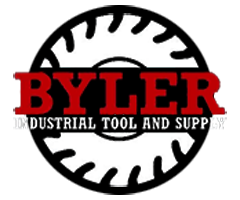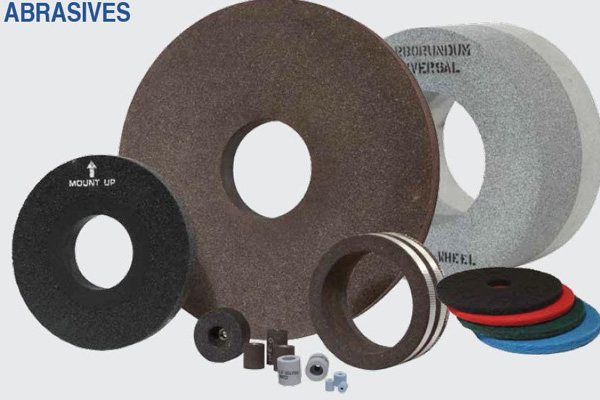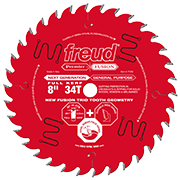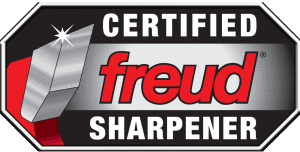Having the right abrasive for your woodworking projects is just as important as having the right saw or bit. Without the right abrasive, your work runs the risk of being misshapen, full of visible defects, rough to the touch, or simply unattractive due to poor layering of stains and oils.
At Byler Industrial Tool, we know that many woodworkers prefer cutting to sanding, and while sanding can be a tedious process, it’s vital to get the results you’re looking for. That’s why it’s vital to get the ideal abrasive for the job. In addition, you can think of abrasives as cutting tools, although they work on a much smaller scale. Both remove bits of material, and the type of abrasive you use changes how much material is taken off your work.
Use our guide below to decide which abrasive is right for your project:
Surfacing rough wood
Rough wood comes straight to your workshop just the way it was when it was shipped from the lumberyard. To prepare it for use in a project, you’ll need to properly surface it. The best way to do that is to use an aluminum oxide or zirconia alumina abrasive that’s between 36 and 80 grit and used on a surface sander or belt sander.
Removing saw marks, defects, and end grain
To further refine the appearance of the wood you’re working on, you’ll want to remove telltale signs of the initial sanding process, marks from your saw blades, and any major defects in the wood. Getting this done requires aluminum oxide, zirconia alumina, or garnet abrasives between 60 and 100 grit on an orbital sander, belt sander, or disk sander.
Smooth sanding
Before you can begin the final stages of completing your project, you’ll need to sand the wood to make it as smooth as possible. There are two types of abrasives that you can use for this process, depending on the tools you have. If you have an orbital sander, disk sander, or sheet sandpaper, use aluminum oxide, garnet, or silicon carbide abrasives between 120-320 grit. If you have sanding blocks or non-woven pads, use aluminum oxide or silicon carbide abrasives at a medium-fine grit.
Sanding contours
The beauty of wood projects is in their details, and flawless contours instantly enhance the appeal of any piece. To get precise contours, use 80-320 grit aluminum oxide, garnet, or silicon carbide abrasives with sanding drums, disks, flappers, cords, or strips. Coarse-fine aluminum oxide and silicon carbide abrasives can also be used with sanding blocks and non-woven pads.
Wet sanding
Putting the finishing touches on your project requires extremely light sanding between coats of stains or oils. For this step, use sanding sheets or non-woven pads and abrasives like silicon carbide or aluminum oxide that’s 240-600 grit and fine-extra fine.




